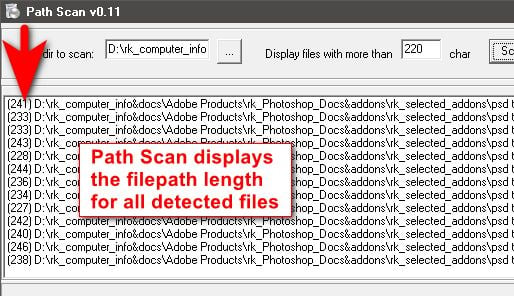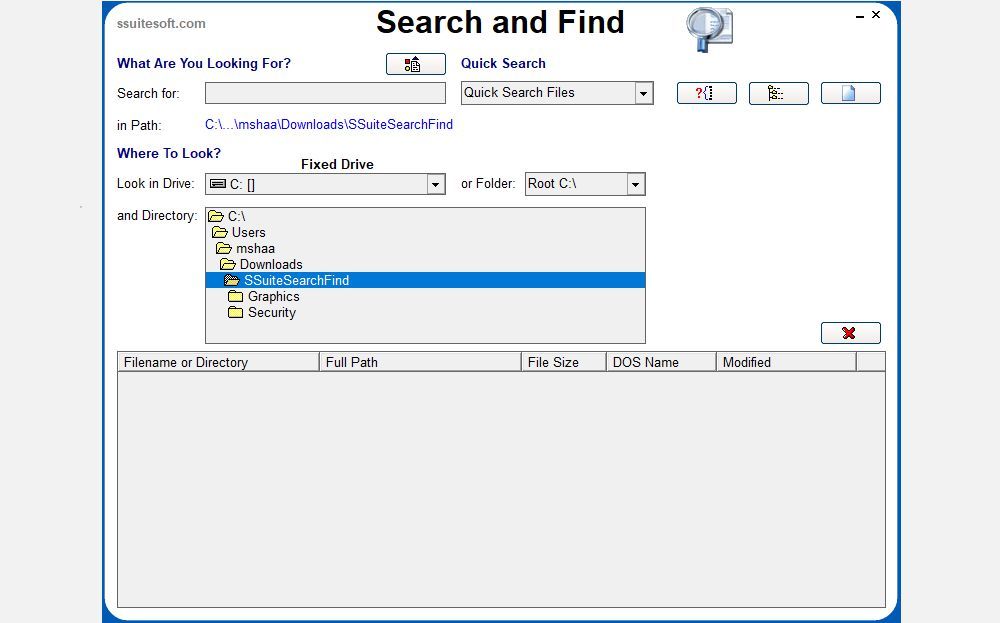


, you can easily move everything to C : \Solutions \Īnd shorten all your project paths by a good amount of characters. You cannot easily change the NPM packages folder structure (you should never do that), yet you can always move your project to a different location on your hard drive.įor example, if you keep your solution in C : \Users \ \Documents \Visual Studio 2015 \Solutions \ It might sound obvious, but it’s entirely possible that you can fix your issue by shorten your base path. Now that we successfully identified the issue, let’s see what workarounds we can use to overcome this. This is a common example of an error related to the 255-260 characters limit being hit (from the Visual Studio crash log): The scenario will be even worse if you’re using task runners or other tools to automate IO tasks for debug and/or release purposes, because they will also be unable to read, move, copy, delete or do any kind of work within these path, throwing a number of exceptions that will most certainly give you more than an headache. If you use them with Visual Studio 2015, which will adds their solution/project folder structure to the loop, the chance of hitting that limit will be even higher.Īs soon as this happens your system will be unable to properly access these files and you’ll face a number of frustrating issues: Visual Studio crashes, build errrors, IIS errors and more. That’s because there are many popular script-based libraries which make an intensive use of folder-nesting: AngularJS, Angular2, React and SystemJS, just to throw out some good examples. If you’re a standard user, chances are you won’t get bothered by this limitation: who needs these long paths anyway? However, if you happen to be a developer working with linux-native package managers such as NPM, you will be struck by that issue sooner or later. (The characters are used here for visual clarity and cannot be part of a valid path string.). For example, the maximum path on drive D is “D:\some 256-character path string” where “” represents the invisible terminating null character for the current system codepage. A local path is structured in the following order: drive letter, colon, backslash, name components separated by backslashes, and a terminating null character.
#LONG PATH TOOL ALTERNATIVE WINDOWS#
In the Windows API (with some exceptions discussed in the following paragraphs), the maximum length for a path is MAX_PATH, which is defined as 260 characters. However, in case you never heard about it, here’s a small recap of the issue: If you’re a Windows developer, system administrator or seasoned user, there’s good chance you’re fully aware of the 255-260 character limit of filesystem paths. Option #3: Modify your Windows Registry File.Option #2: Enable the NTFS/Win32 long paths policy.


 0 kommentar(er)
0 kommentar(er)
